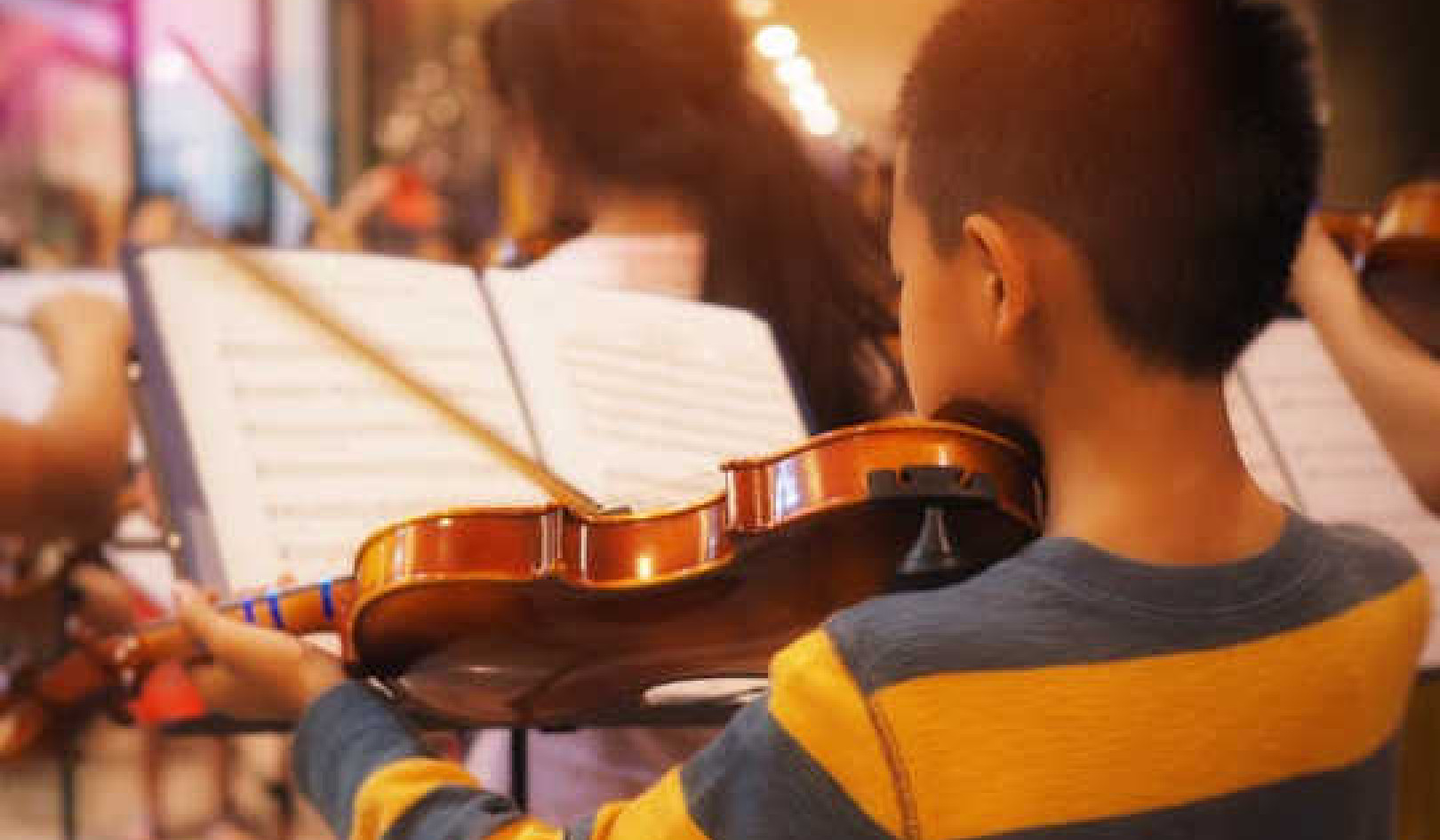
The human voice is probably the best instrument for producing sounds to achieve specific purposes. Vibrations created by precise combinations of sounds have long been thought to affect living beings and inanimate objects.
The most powerful use of the voice in Buddhist belief is reciting a mantra. A mantra is a phrase or sentence, generally in Sanskrit or Tibetan, the sound of which embodies the power of a Buddha, deity, or other spirit entity. Lamas, healers, and Tantric practitioners use mantras to cure disease, appease spirits, bring about good luck or other positive fortune, clear obstacles, and for many other reasons. Mantras can also be used for destructive purposes. Stories abound in Tibetan folklore of practitioners directing special mantras at living creatures to injure or even kill them.
Some Sanskrit mantras are so old that their original meanings have long been forgotten by most, perhaps all of the practitioners who use them. Other mantras are believed to be so powerful that they are held in secret by their possessors and revealed only to those who possess sufficient merit.
The Mechanics of Mantras
Professor Lama Chimpa helped me understand the mechanics of mantras. Uttering a mantra, he said, causes a special effect, something like a chemical reaction in the surrounding environment. The reaction is the result of a specific vibration caused by the utterance. Everyone knows that a certain note sung by a powerful singer can shatter a crystal glass, or that an army marching in unison across a bridge can destroy it. The effect of a mantra is created in a similar way.
The lama further explained that each mantra is composed of a specific sequence of sounds to produce a specific result. The process has been compared to mixing paints. Combining red and blue paint produces purple. Mixing the syllables AH, OH, and MM to produce OM also produces a special effect. Initiates into this art, known as Mantrayana, build up a repertoire of sound combinations, each designed to produce a unique effect. Lama Chimpa cautioned that there is no room for error when using mantras; mistakes using seed syllable combinations can have unfortunate consequences, he told me.
Moreover, mantras are said to derive their power from the inner attitude of the practitioner. Thus the intention of the person using them is the real source of mantra power. Considered in this way, mantras can be regarded as spiritual songs which spring from the heart rather than a dutiful repetition of a few syllables.
Magical Mantras?
There are many stories about the magical uses of mantra in healing and to keep away illness, exhaustion, cold, hunger, and disease. One of these maintains that through their use, an experienced practitioner can disintegrate a physical object or even a living being. In the Devil-Dancing ceremonies of Ceylon, fire-cooling mantras are used to "tame" the fire for fire-walkers.
Mantras are also used, sometimes accompanied by other practices, to enable practitioners known as lung-gompas to travel extremely quickly over difficult terrain, moving both day and night until a destination is reached. Another well-known effect linked to mantra practice enables lamas to create an inner body heat known as tumo, which enables their bodies to withstand subzero temperatures without suitable clothing.
One account indicates that, in the past, students had to demonstrate their mastery of this technique by sitting on a solid block of ice in the dead of winter until it melted.
Healing Mantras
Mantras are also among the most ancient healing techniques. One very important use of mantra for healers is in invoking the Medicine Buddha to bless medicines or produce other healing effects. Mantras are also dedicated to healing specific illnesses or to bring about specific results such as long life, clearing obstacles from one's life path, spiritually purifying food and offerings, and so on.
One very interesting story about how mantras are used in healing concerns the use of the purbha, a three-sided magic dagger often used for the "ritual slaying" of psychic foes. The Tamang Healer is well known for his use of the purbha in healing rituals. Sometimes he holds the ritual instrument on the crown of a patient's head while reciting a special mantra. The ritual is performed to expel the evil forces believed to have caused the illness. At other times, he holds the purbha over different chakras or energy centers on the body.
Tantric practitioners also are known to hold up the purbha in front of themselves, symbolically dividing any malevolent psychic force into two parts which are then deflected harmlessly away. In such cases, it is as if the mantras are used to empower the instrument itself.
Mantra Machines
The power of mantras is harnessed by various techniques. As well as being recited, chanted, or sung, mantras are affixed to wheels, flags, the bottoms of shoes, and many other "machines", including nowadays, of course, computers. These machines allow mantras to be recited continuously, to assuage the suffering of beings in the lower realms of samsara and to produce other positive effects.
Lama Chimpa told an interesting story which demonstrates the relationship between a mantra's power and the mental attitude of the person using it. Some time ago, there were two monks of roughly equal knowledge and ability. One was an optimist, while the other was continually doubtful and negative. One day, the two friends were having a discussion. The optimist said, "Using this new mantra that our teacher has given us, I will be able to put this knife right through the middle of that rock, and do it within a day." The other said, "No, it will take at least a week." With that, the two went their separate ways.
The very next morning, each began work on the task. Sure enough, on the first day, the optimist split the rock with the knife. After a week of struggle, his friend did the same. Conviction is the key to the successful use of mantras, concluded Lama Chimpa. Nothing is more powerful than the mind.
Reprinted with permission of Quest Books/
Theosophical Publishing House.
©1999. http://www.theosophical.org
Article Source
 Tibetan Healing: The Modern Legacy of Medicine Buddha
Tibetan Healing: The Modern Legacy of Medicine Buddha
by Peter Fenton.
About The Author
Peter Fenton, Ph.D., is an educator, journalist, and naturalist. He has traveled to India and Nepal, seeking the few places where Tibetan refugees still practice Tibetan medicine in its entirety. His passion was to preserve their ancient art and explore its secrets for our own well-being today. He is also the author of Shaolin Nei Jin Qi Gong : Ancient Healing in the Modern Worldand The Wisdom of Tai Chi: Ancient Secrets to Health and Harmony.



























